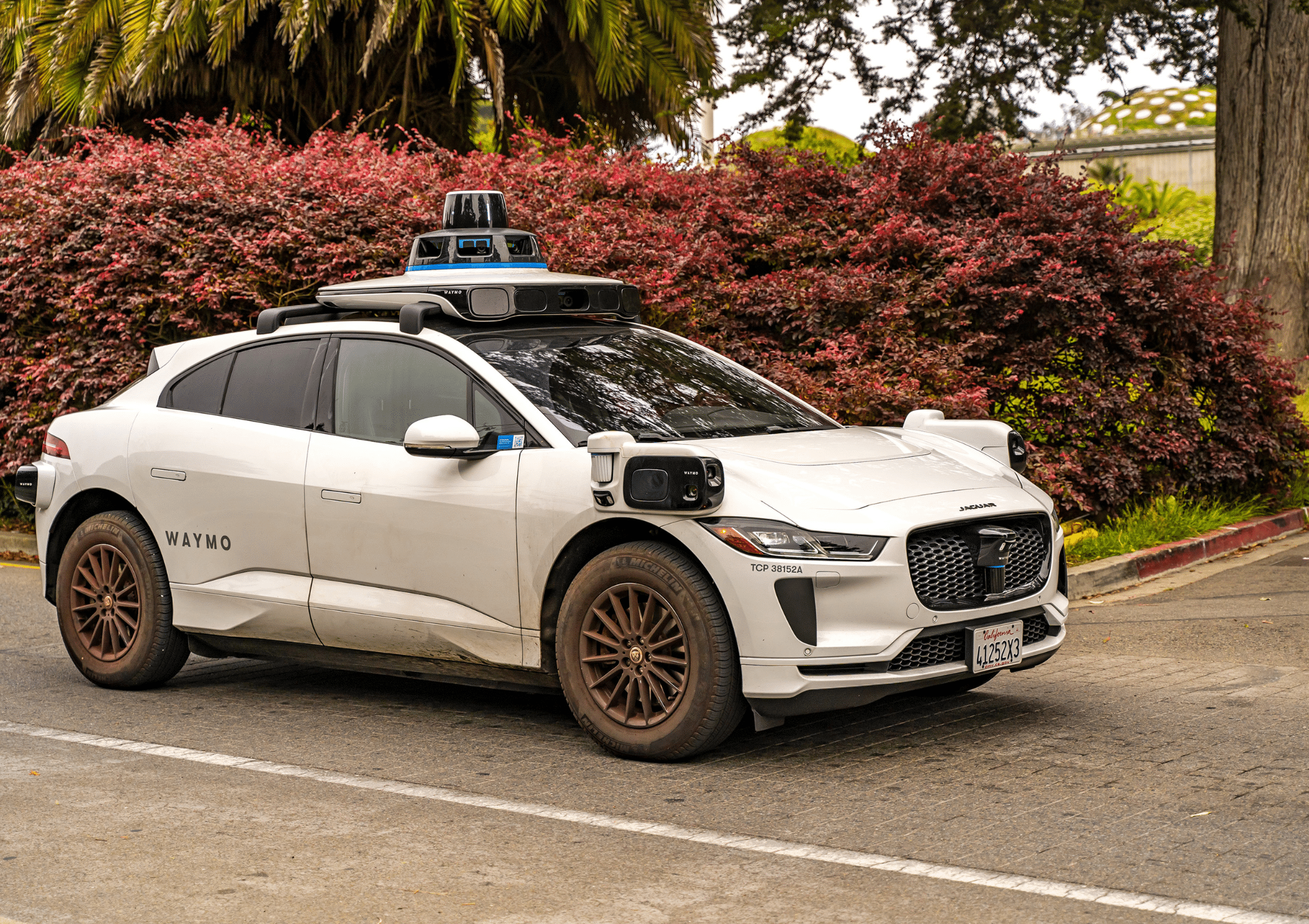Image: Iv-olga / shutterstock.com
Autonomous cars as a virtual demonstration
It sounds like a scenario from a sci-fi movie: guiding 50 self-driving Waymo cars into a dead end at the same time - and observing how the autonomous fleet reacts. The action, organized by 23-year-old Riley Walz, was apparently aimed at testing the robustness of the Rideshare software - according to the company itself, as a real-life version of a distributed denial of service (DDOS) attack on the road.
This is how the self-experiment went
According to Walz, 50 people simultaneously ordered Waymo vehicles to the longest dead-end street in San Francisco, near Coit Tower. The participants didn't get on, Walz writes on X, the vehicles left after about ten minutes, and only a $5 fee was posted for not taking the ride. In addition, Waymo deactivated rides in a two-block area so that the situation did not escalate in the end.
Waymo itself told Road & Track magazine that its system is designed to automatically limit the number of simultaneous pick-up and drop-off points in an area. The company also emphasized that it is normal to have to deal with many requests at events or tourist locations and that they are constantly working on algorithm improvements.
Between play instinct and potential danger
For the city's streets, this was apparently still fairly harmless: the cars stopped autonomously, limited the number of new orders - and drove off again after a short time. But the action is more than just a harmless gag: it shows how vulnerable traffic systems can be when they have to react to mass interventions. There is also the question of whether such experiments could also pose unforeseen risks to pedestrians, cyclists or other traffic.
Walz has already launched controversial projects before - such as an app that displayed the locations of parking attendants and was promptly blocked by the city. According to Walz, he did not want to harm the company; he admires Waymo and simply liked seeing so many cars at once.
What does this mean for cities and providers?
For cities, this means that autonomous fleets are flexible - but can also be manipulated. Providers such as Waymo must continue to invest in border and distribution logics that not only protect the comfort of passengers, but also the safety of public spaces. Authorities, in turn, are faced with the task of leaving room for innovation without jeopardizing public safety.
"Funny prank" - and serious food for thought
The cell phone generation finds such experiments exciting - for the rest of the city, this is more of a wake-up call. It has become worryingly easy to turn digital services into physical problems. If a fun project like this only ends badly because the provider happened to react well, then this is not a reason to relax, but to retrofit: clear rules for crowd orders, transparent limits in the system and sanctions for deliberate misuse. Otherwise, a technical gag will quickly turn into a serious security problem - and the next "fun campaign" will no longer end with a five-dollar no-show.







